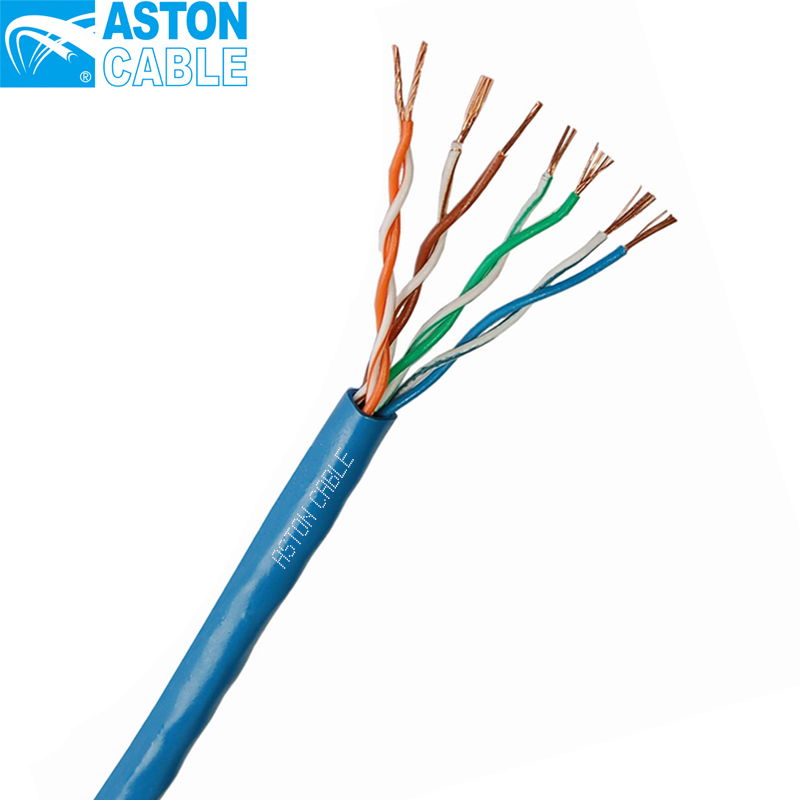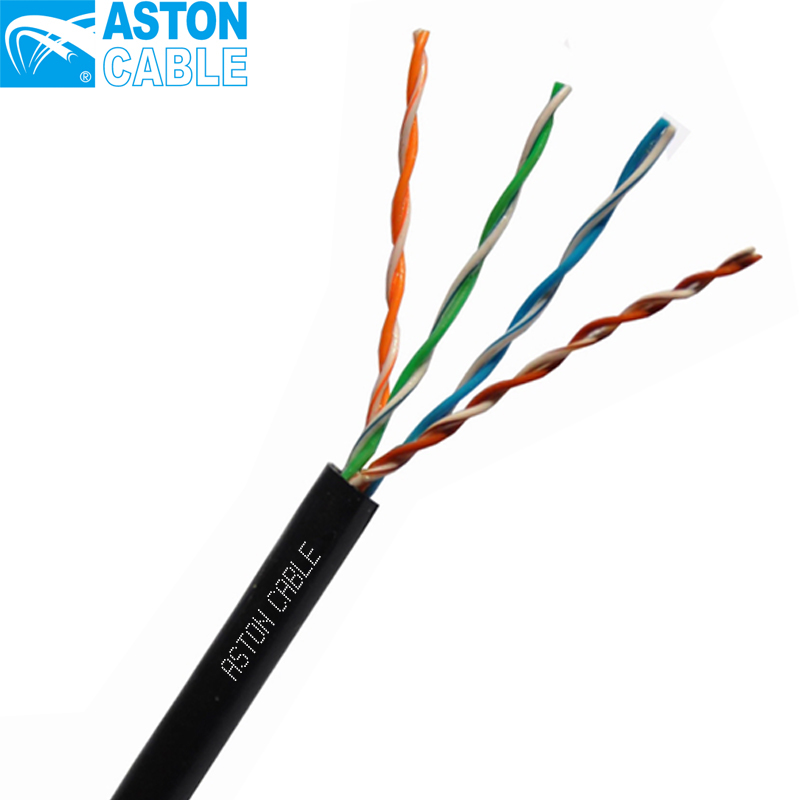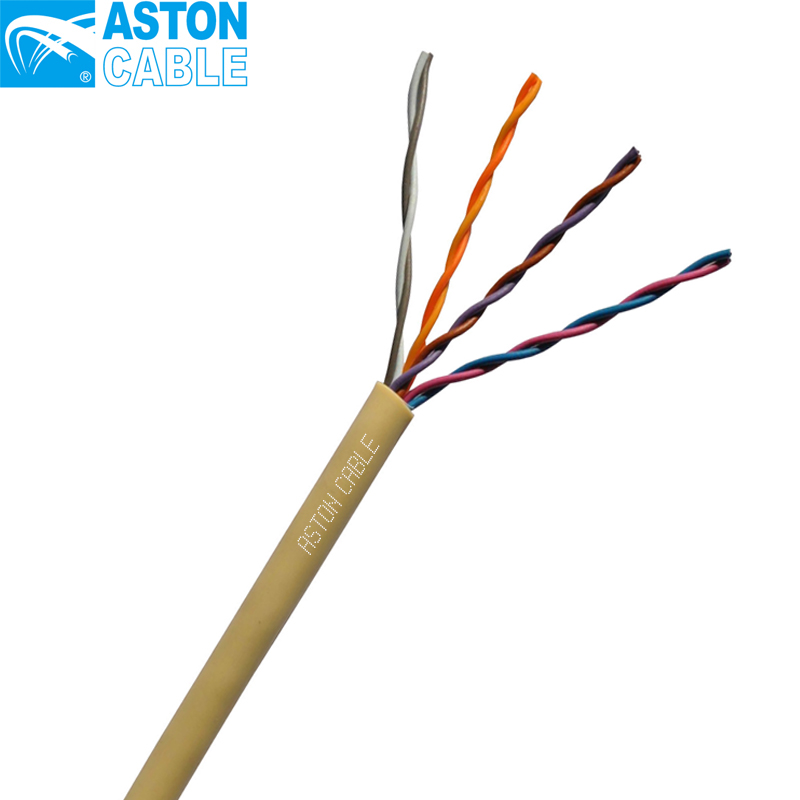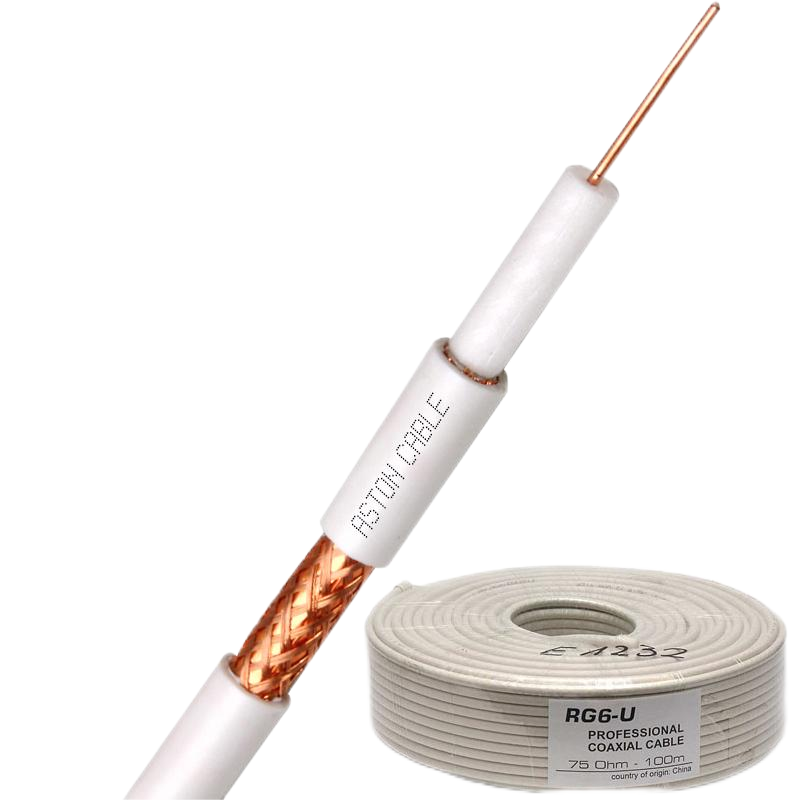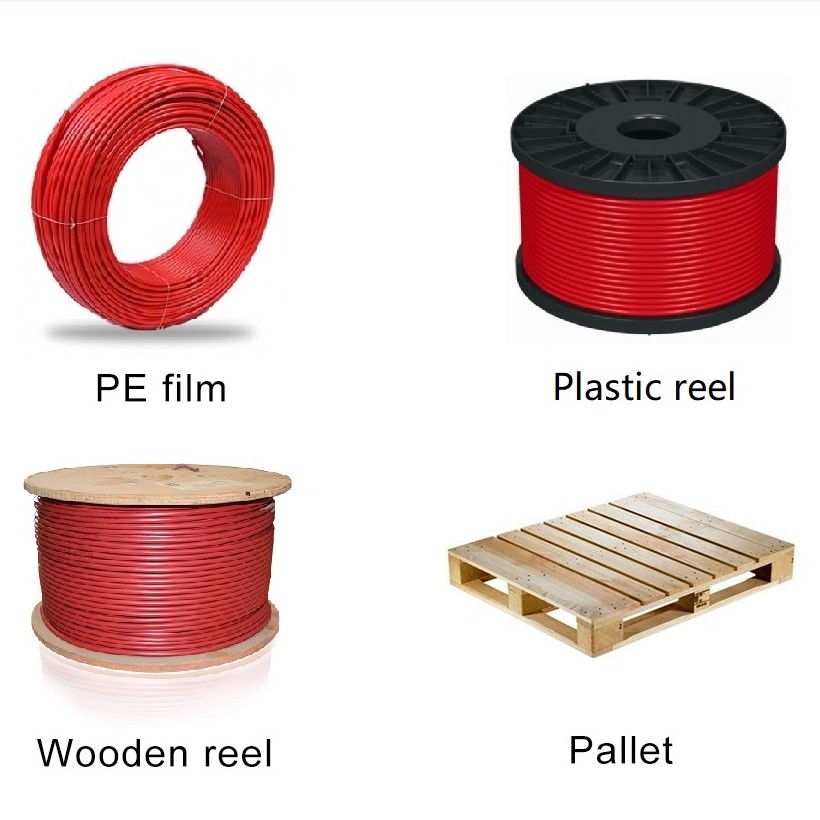Product Main Parameters
| Parameter | Details |
|---|---|
| Conductor | 24AWG CCA |
| Core | 4Pair stranded |
| Insulation | HDPE |
| Jacket | PVC, PE Flame Retardant |
| Shielding | Foil Shielded |
Common Product Specifications
| Specification | Details |
|---|---|
| Category | FTP Cat5 |
| Bandwidth | 100 MHz |
| Max Speed | 100 Mbps |
| Connector | RJ-45 |
| Length | 305M |
Product Manufacturing Process
The manufacturing process of FTP Cat5 cables involves a series of intricate steps aimed at ensuring superior quality and performance. Initially, high-grade raw materials such as CCA conductors and HDPE insulation are selected. The conductors are twisted into pairs and wrapped in a foil shield to minimize external electromagnetic interference. The assembly is then covered with a flame retardant PVC or PE jacket for added safety and durability. Each batch undergoes rigorous testing to meet industry standards like ISO9001 and IEC requirements, ensuring reliable performance. Studies emphasize the importance of shielding in maintaining signal integrity, particularly in environments with high electromagnetic noise.
Product Application Scenarios
FTP Cat5 cables are versatile and find application in various settings, including local area networks (LANs), telecommunications, and audio/video transmission. Their robust shielding makes them ideal for environments with significant electromagnetic interference, such as industrial settings with heavy machinery or densely populated office buildings. Authoritative studies have highlighted the benefits of using FTP cables in maintaining data integrity across medium distances. Their ability to support consistent 100 Mbps speeds makes them suitable for most office and residential networking needs where cutting-edge speed is not critical but reliability is paramount.
Product After-Sales Service
We provide comprehensive after-sales support to ensure customer satisfaction. Our services include installation guidance, maintenance tips, and hassle-free warranty claims. For any inquiries or assistance, customers can contact our dedicated support team.
Product Transportation
Our FTP Cat5 cables are packaged with care to prevent damage during transit. We ensure timely delivery to our suppliers and clients worldwide, with shipping arrangements primarily through the Ningbo port. Bulk orders can be negotiated for optimal shipping solutions.
Product Advantages
- Enhanced shielding for reduced EMI and improved signal quality.
- Cost-effective CCA conductor for affordable networking solutions.
- Flexible application in diverse environments.
- Compliance with international standards for quality assurance.
Product FAQ
- What does FTP mean in FTP Cat5 cables?
FTP stands for Foiled Twisted Pair, indicating the presence of a foil shield around the twisted pairs to reduce electromagnetic interference.
- Are FTP Cat5 cables compatible with all RJ-45 connectors?
Yes, FTP Cat5 cables use RJ-45 connectors, which are standard for Ethernet connections.
- How does shielding benefit FTP Cat5 cables?
The foil shielding in FTP cables reduces electromagnetic interference, ensuring stable data transmission and improved performance over unshielded cables.
- Can FTP Cat5 cables support gigabit speeds?
While FTP Cat5 cables are designed for up to 100 Mbps, environments with limited interference may support higher speeds, but Cat5e or Cat6 are recommended for gigabit networks.
- What are the primary applications of FTP Cat5 cables?
They are commonly used in LANs, telecommunications, and moderate-distance audio/video transmission setups.
- How should FTP Cat5 cables be grounded?
Proper grounding is essential; consult installation guides or professionals to ensure effective grounding and shielding performance.
- Can I use FTP Cat5 cables outdoors?
While durable, additional weather-resistant measures should be applied if used outdoors. Consider PE-jacketed cables for better moisture resistance.
- Are there any installation concerns with FTP Cat5 cables?
Handle with care to avoid damaging the foil shield; follow guidelines to prevent kinks or tears which can compromise performance.
- What are the cost implications of choosing FTP over UTP cables?
FTP cables are typically more expensive due to additional shielding materials, but offer better interference protection, justifying the investment.
- Are there any environmental certifications for these cables?
Yes, these cables are ISO9001 and IEC compliant, and meet RoHS standards, ensuring environmentally friendly production practices.
Product Hot Topics
- Choosing the Right Suppliers for FTP Cat5 Cables
When selecting suppliers for FTP Cat5 cables, it's crucial to consider their reputation and compliance with international standards to ensure quality and reliability. Look for suppliers who offer comprehensive testing results and customer reviews to validate cable performance. Also, evaluate the supplier's capacity to meet your demand in terms of supply volume and delivery timelines. Establishing a long-term relationship with a reliable supplier can ensure consistent quality and support for your networking needs.
- Understanding the Performance Capabilities of FTP Cat5
FTP Cat5 cables are renowned for their balance of cost and performance in various networking environments. While they may not match the speed capabilities of newer cables like Cat6 or Cat5e, their robust shielding makes them ideal for scenarios where electromagnetic interference is a concern. By selecting the appropriate FTP Cat5 cables from trusted suppliers, businesses can maintain effective communication and data integrity without overspending on unnecessary advancements.
- Installation Best Practices for FTP Cat5 Cables
For optimal performance of FTP Cat5 cables, careful installation is essential. Avoid sharp bends that can damage the foil shielding and compromise signal quality. During installation, it's also important to ensure that the cables are properly grounded to prevent EMI. Suppliers of FTP Cat5 cables often provide guidelines and support, making it easier for customers to achieve the best results. Understanding these best practices can minimize installation errors and maximize network efficiency.
- Comparing FTP Cat5 to Cat5e and Cat6 Cables
When considering FTP Cat5, Cat5e, and Cat6 cables, it's essential to understand each category's unique strengths. FTP Cat5 is a cost-effective option with reliable performance in moderate conditions. For environments demanding higher data rates and reduced cross-talk, Cat5e provides enhanced capabilities. Cat6 further increases speed and bandwidth. Suppliers offering a range of options can help businesses decide based on specific needs and budget constraints, ensuring the right cable choice for every application.
- Why Proper Grounding is Essential for FTP Cat5
Proper grounding is crucial for maximizing the performance of FTP Cat5 cables. Without appropriate grounding, the foil shielding may not effectively prevent electromagnetic interference, potentially leading to data loss or signal degradation. Suppliers often emphasize the importance of following installation guidelines to ensure proper grounding, highlighting the significant role it plays in maintaining consistent data integrity across the network.
- The Role of Shielding in FTP Cat5 Cable Performance
The shielding in FTP Cat5 cables plays a vital role in improving performance by significantly reducing electromagnetic interference. This feature is particularly important in environments with high electrical noise. By selecting cables from reputable suppliers who prioritize quality shielding materials, businesses can ensure stable data transmission and minimize potential disruptions, maintaining efficient and reliable network operations.
- Environmental Impact of FTP Cat5 Cable Production
Concerns about environmental impact are increasingly important. Reputable suppliers adhere to international standards like RoHS and ISO9001 to ensure environmentally friendly production practices. By choosing these suppliers, businesses can minimize their carbon footprint while benefiting from high-quality products. This commitment not only supports sustainability initiatives but also enhances the brand's reputation among eco-conscious consumers.
- The Cost-Benefit Analysis of Choosing FTP Cat5 Cables
When considering FTP Cat5 cables, conducting a cost-benefit analysis is essential. While these cables are more expensive than UTP due to added shielding materials, their interference reduction capabilities can lead to better long-term performance and fewer maintenance issues. Suppliers can provide detailed insights into potential cost savings through minimized downtime and enhanced network reliability, making FTP Cat5 an attractive option for many businesses.
- Quality Assurance in FTP Cat5 Cable Manufacture
Quality assurance processes are paramount in the manufacture of FTP Cat5 cables. Suppliers routinely conduct rigorous testing to ensure compliance with standards such as ISO9001, IEC, and RoHS. This extensive testing guarantees that customers receive cables that meet or exceed performance expectations, reducing the risk of issues post-installation. Partnering with suppliers who prioritize quality assurance can ensure reliable network infrastructure.
- Future Trends in Networking with FTP Cat5 Cables
Although newer cables offer advanced performance, FTP Cat5 remains relevant in legacy systems and scenarios where cost-effectiveness is vital. Supplier advancements in materials and production techniques continue to enhance FTP Cat5's capabilities, ensuring its use in evolving network environments. By staying informed of these trends, businesses can make strategic decisions about their infrastructure to accommodate future technological advancements while maintaining operational efficiency.
Image Description
